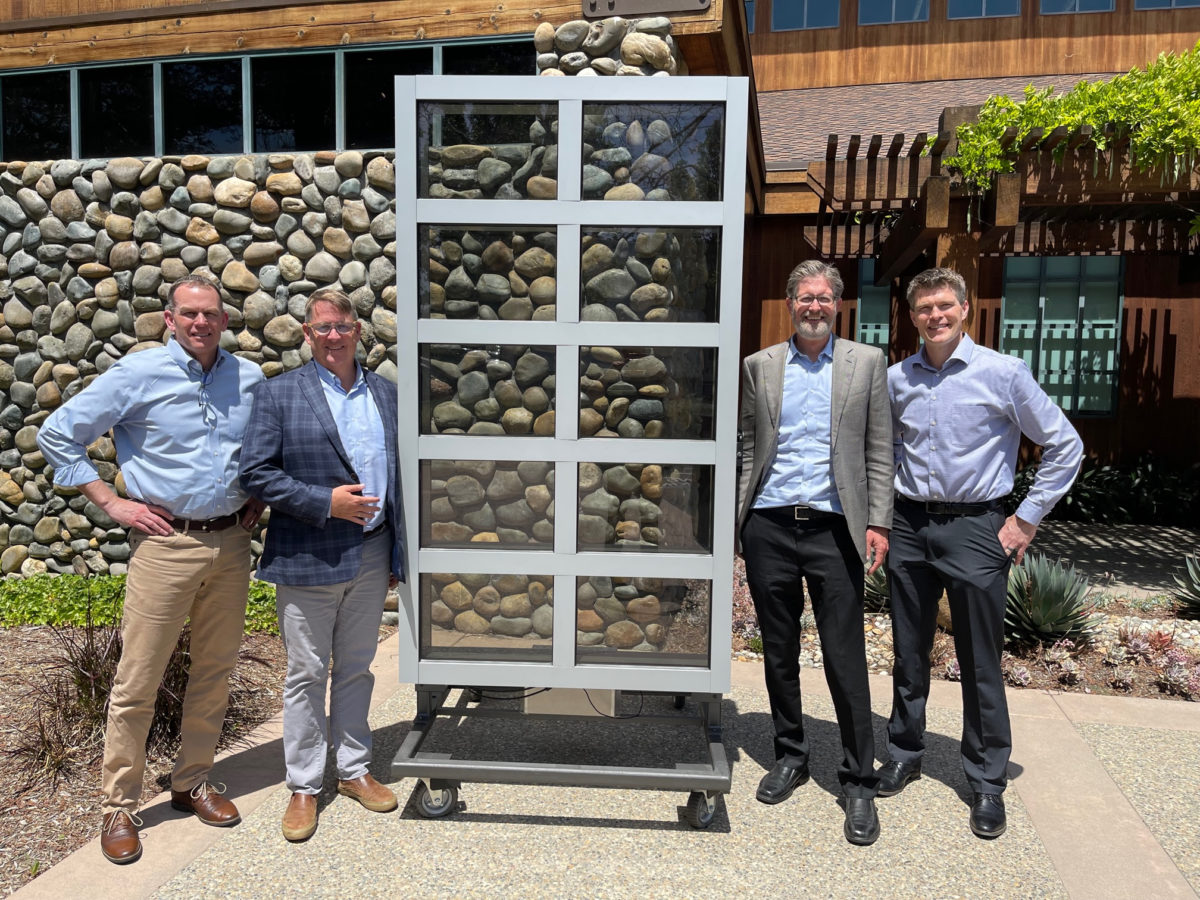The California Energy Commission (CEC) awarded Realizing Accelerated Manufacturing Production for Clean Energy Technologies (RAMP) of $3 million to NEXT Energy Technologies. The RAMP grant is expected to help NEXT accelerate the production of its photovoltaic coating that can be applied to commercial windows to turn them into electricity-producing surfaces.
The purpose of RAMP is to provide financial assistance to help clean energy entrepreneurs successfully advance their innovative technologies by reaching initial manufacturing readiness levels. NEXT plans to use the funds to fund the scale-up of a low-rate initial production line for the assembly of solution-processed organic photovoltaics for commercial windows.
“The funding provided is vital to startups like ours that are focusing on manufacturing at the next level. Our goal is to help commercial buildings achieve net-zero energy and reduce their carbon footprint, and we are working with innovative partners to demonstrate how this technology can grow in the future,” said Daniel Emmit, chief executive officer, NEXT Energy Technologies.
The comany’s photovoltaic coatings are applied during the window fabrication process, integrating with established manufacturers without disrupting workflows and supply chains. NEXT said its approach removes costs typically associated with packaging and installation of solar.
NEXT said a typical commercial high-rise office building installed with its first-generation windows could offset as much as 10% to 20% of the building’s power needs. Over a 30-year period, the building could produce 20 million kWh of clean energy, saving an annual average of $170,000 on utility bills, the company said.
“RAMP is really a visionary program. It is providing value, not just for our clean energy goals, but also ultimately for ratepayers because it is helping to drive down the cost of these technologies,” said David Hochschild, chair, CEC.
A team of National Renewable Energy Laboratory (NREL) researchers found that highly glazed skyscrapers can reduce their energy use and associated carbon emissions by 40% with solar windows. Twin brothers Lance and Vincent Wheeler developed a new open-source software, available on GitHub, called PVWindow to model the potential impact of the technology.
“Picture a skyline in, like, New York City where there are these high-rise buildings that are entirely glass,” said Lance Wheeler. “They’re fully glazed. The Freedom Tower has millions of square feet of glass. It could be a power plant in itself.”
This content is protected by copyright and may not be reused. If you want to cooperate with us and would like to reuse some of our content, please contact: editors@pv-magazine.com.









By submitting this form you agree to pv magazine using your data for the purposes of publishing your comment.
Your personal data will only be disclosed or otherwise transmitted to third parties for the purposes of spam filtering or if this is necessary for technical maintenance of the website. Any other transfer to third parties will not take place unless this is justified on the basis of applicable data protection regulations or if pv magazine is legally obliged to do so.
You may revoke this consent at any time with effect for the future, in which case your personal data will be deleted immediately. Otherwise, your data will be deleted if pv magazine has processed your request or the purpose of data storage is fulfilled.
Further information on data privacy can be found in our Data Protection Policy.